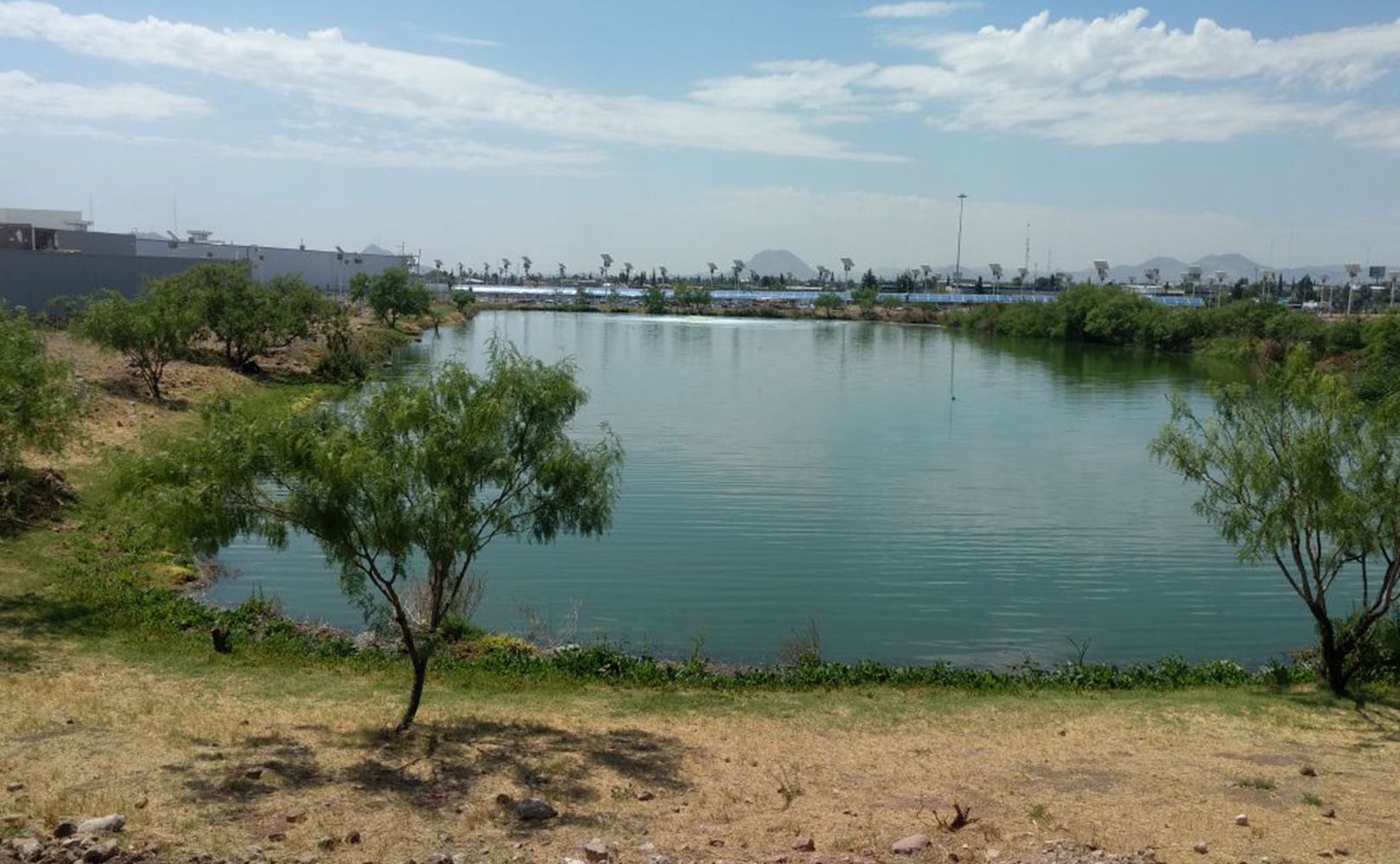How We’re Driving Change
Every Drop Counts
Water is critical to our business, and parts of our operations, such as our paint shops, are particularly water-intensive. But by continually striving to use less water in our operations, and throughout our supply chain, we can protect the environment, reduce costs and ensure our future resilience.
We acknowledge our responsibility to use and manage water sources efficiently and sustainably, especially as we have operations in many water-stressed regions of the world such as India, South Africa, Mexico and Brazil.
Our Water Strategy
Our long-term water strategy reflects the need to understand water challenges in their local context. Throughout the world, we rely on water from a variety of freshwater and non-freshwater sources.
We place particular emphasis on reducing our usage of freshwater (from rivers and lakes, rainwater, groundwater and municipal sources) because it is the main source of drinking water. We’re doing this through a combination of reduced consumption, utilizing non-water-based technologies and tapping into alternative sources such as other companies’ wastewater.
By reducing our reliance on freshwater, we will achieve our goal of restricting potable water sources for human use. Our 2020 target, to reduce water use per vehicle produced by 30 percent from 2015 to 2020, represents a significant challenge but it’s a vital step forward if we are to manufacture vehicles without withdrawing any drinkable water.
What Is Freshwater?
Freshwater is the main source of drinking water around the world and is recognized as essential for human life and well-being in the Global Reporting Initiative’s (GRI) Standard 303. Definitions of freshwater include:
- “surface and ground waters” – United Nations Economic Commission for Europe (UNECE)
- “all water other than oceans and other saline water, therefore freshwater is glaciers/ice caps, groundwater, and surface water” – United States Geological Survey (USGS)
The GRI defines freshwater as surface water, but our definition is broader, including both surface water and groundwater. Our goal is to minimize our use of freshwater while aiming for a goal of zero – or even positive – impact on freshwater sources in the future.
To achieve this, we’re incentivizing the reduction of freshwater use in our facilities. These behaviors include using alternative water sources like industrial wastewater, and introducing technologies like MQL, Dry-Booth and alternative cooling that don’t use water.
Access to Water and Sanitation
During our first formal human rights saliency assessment, we identified access to water and sanitation as one of our nine most important issues – those at risk of the most severe negative impact through Ford’s activities and business relationships.
Going forward, we’re taking steps to develop action plans to manage and remediate these issues, and to expand our reporting on them.
Find out more about our human rights saliency assessment
Reducing Water Use in Our Facilities
Since 2000, we have reduced our operational water use by 62.5 percent, saving 10.4 billion gallons of water. In 2017, we continued our trend of ongoing improvement with a further overall reduction of 2 percent, while our South African facilities reduced their per-vehicle water use by 10 percent from the previous year.
To help us, we’re introducing more water-efficient processes and technologies such as water alarm systems and a data monitoring center to better measure our water use. We are also using the Ceres Aqua Gauge assessment tool for managing our water risks at a corporate level, and using water reuse to manage our impacts from Chennai to Chihuahua.
Leadership on Water
We recognize the human right to clean, affordable drinking water and adequate, accessible sanitation, and focus on responsible water stewardship in our operations.
We’re proud to be a signatory to the UN CEO Water Mandate and one of only 74 publicly listed companies (out of 742 assessed) to appear in the CDP Water A List for three consecutive years. See the CDP’s 2017 Global Water Report for more information about the Water A List and the business case for action on water security.



